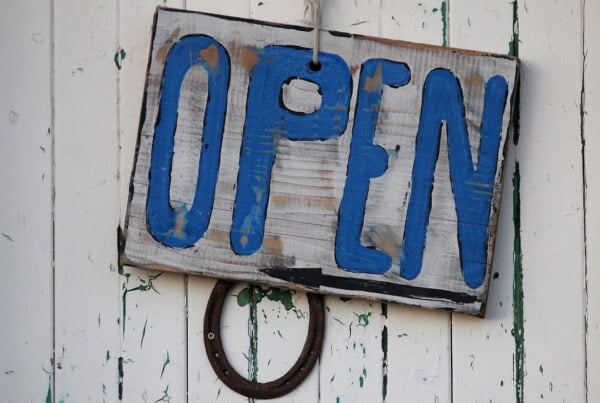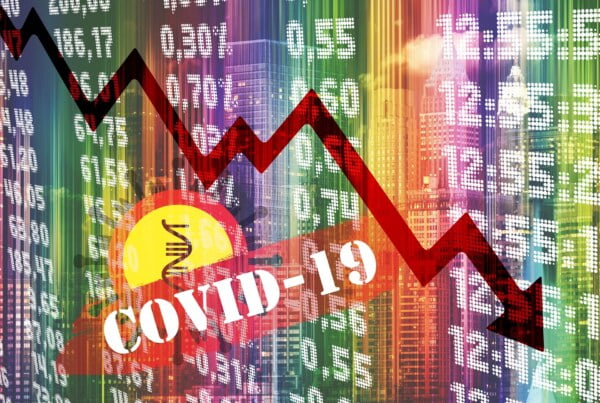Introduction
So we know that the Covid-19 pandemic is causing many a business leader and owner sleepless nights thinking about how to survive both during and after Covid-19. No doubt Covid-19 is going to be with us for a long time. Depending on the country or province you live in, you may be subject to different lockdown levels and hence different rules.
For most if not all businesses the loss in your ability to satisfy customers is resulting in loss of income with little or no reduction in your expenses. For SMME’s (Small, Medium & Micro Enterprises) this challenge is significantly amplified as it will place HUGE strain on cash flow. In previous articles I spoke about the proactive process that one can take with regards to BCP’s and crisis management. In this article, I want to address how SMME’s can develop a recovery strategy that talks to increasing their chances of survival both during and after the pandemic.
Developing a recovery strategy and action plan
It will come as no surprise to those that know me that I am big on removing complexity and developing the most pragmatic way to analyse situations and develop solutions. Below your will find a phased approach with specific actions and considerations which will enable you to put together a robust recovery plan.
Phase 1: Current state analysis
If not done already, do it now. Complete a current state picture of your business. Include a forecast of potential income and expenses by line item for at least the next 6 months. Depending on your business environment you could do this in weekly or monthly buckets. This will help you understand the current state of your business in terms of cash flow and funding requirements.
Phase 2: Managing the current situation
The analysis of the current state of your business MUST result in a solid understanding of your cash flow situation. It will also reveal the pressures you are facing across the supply chain and its related costs. For example lease agreements, salary, cash being tied up in high stock levels, fleet insurance, who you owe money to? and who owes you money?.
- Rank expenses according to the highest impact and look at ways to reduce these expenses
- Look at rent reductions, salary cuts, payment holidays on bank loans, insurance premium rebates for vehicles not being used
- Complete a list of your debtors and creditors and have an action plan for each. Remember they are facing the same challenges you are. So you will need to look at how you manage payments. Consider approaching your bigger suppliers and customers to negotiate a payment plan to balance the cash flow of both your business and theirs.
- Financial aid from public and private institutions (Unemployment Insurance funds)
- If you have been classified as an essential service and hence continued operations you should have updated your Health and Safety policies and procedures to include ALL health stipulations ito hygiene, screening, PPE, etc.
Phase 3: Managing the start-up and the on-going operations in a post Covid-19 world
- Some if not all the phase 2 actions will be relevant during your start-up as well.
- I cannot stress enough the importance of ensuring your Health & Safety protocols are in place and that they are followed stringently. Putting people’s health first is the right thing to do. Not doing it will result in infections, temporary business closure and hence further financial losses.
- If you recall, in phase 1, I recommended you complete as a minimum a 6-month view of your income and expenses. This will give you a holistic picture of the challenges you will be facing. You will now use this view to determine what actions you need to take to manage your business restarting and surviving. The suggestions I gave in phase 2 are relevant here as well.
- Two other areas that you can consider is:
- How do you attract your existing customers back? Remember they will also have a reduced amount of money to spend and potentially lower consumption?
- How to re-purpose your resources to expand your product and service offerings. This lends itself to potentially increasing your customer base and hence income.
Concluding remarks
So I hope I got you to think a bit more about:
- The impact that Covid-19 is having on your business at a detailed level
- What needs to be done differently once you re-open? What actions need to be taken?
- What are the actions you can take now (during lockdown)?
- What actions needs to be taken to ensure you start-up as quickly as possible?
- This thinking and planning MUST result in a list of actions with due dates and assigned responsibilities
Taking this period to consider the above has the potential to lead to you making your supply chain and business leaner, agile and more resilient.
Author
Dr Kenneth Moodley is an experienced supply chain and business professional with over 25 years’ experience. He has a demonstrated history of working with both big corporates (example: Unilever & The South African Breweries) and SMME’s (Productivity SA) in various industry sectors as a senior Supply Chain Specialist, Leader and Business Coach.
Let’s Take Your Business Further. Ask me how




